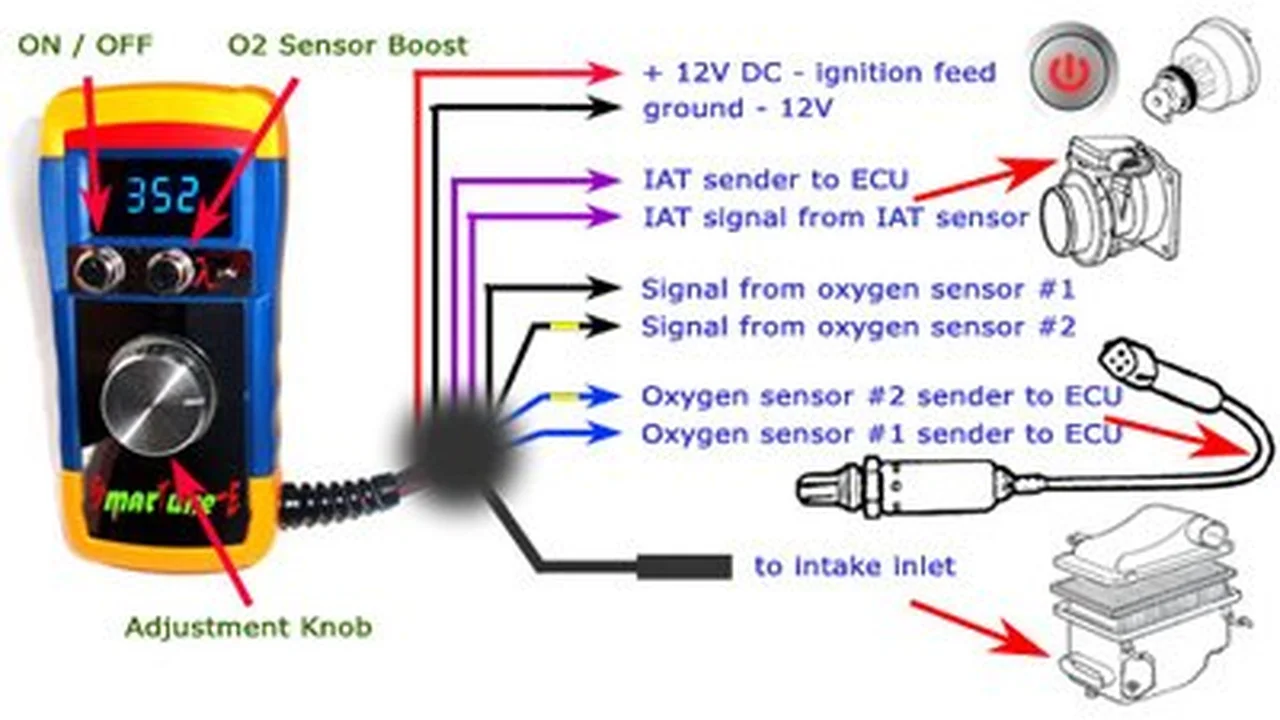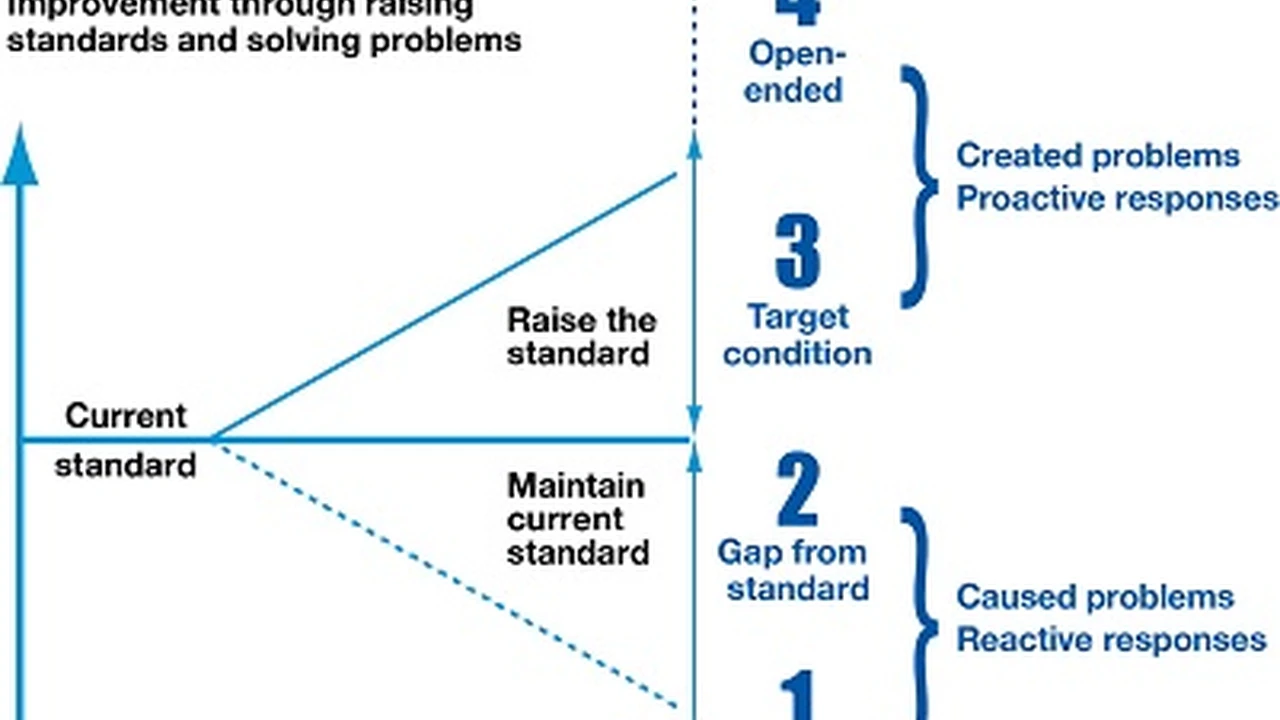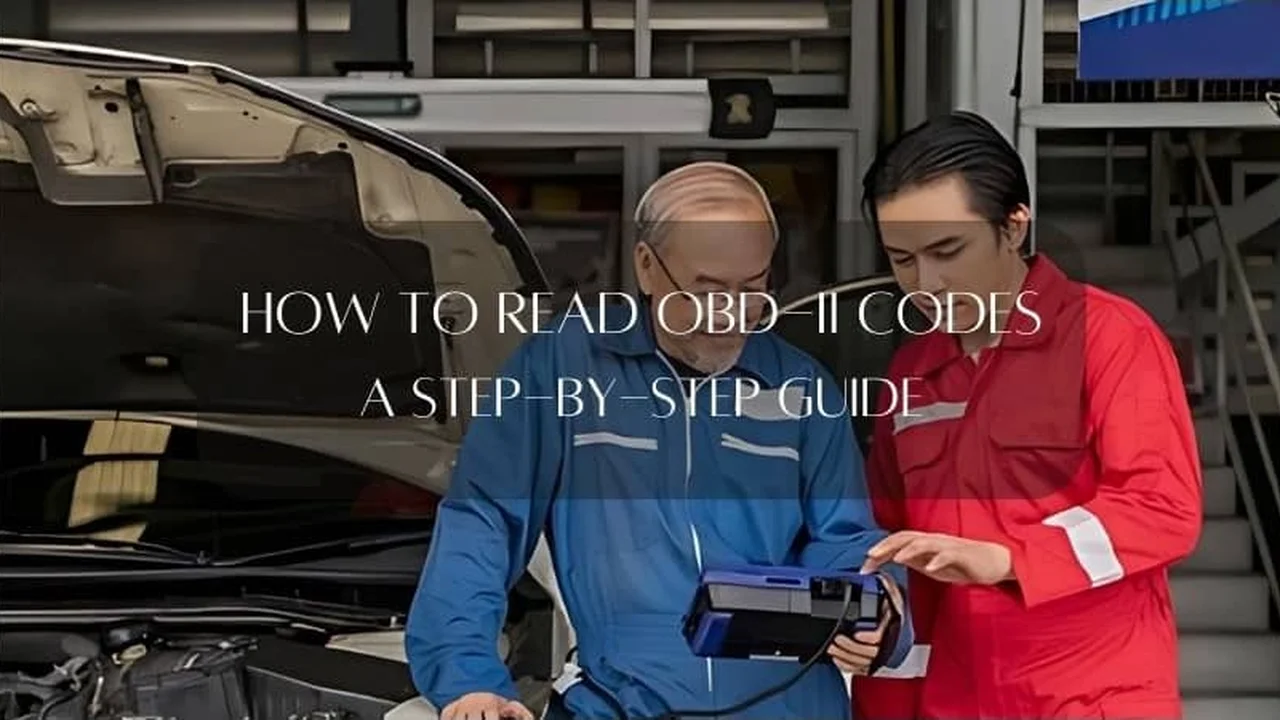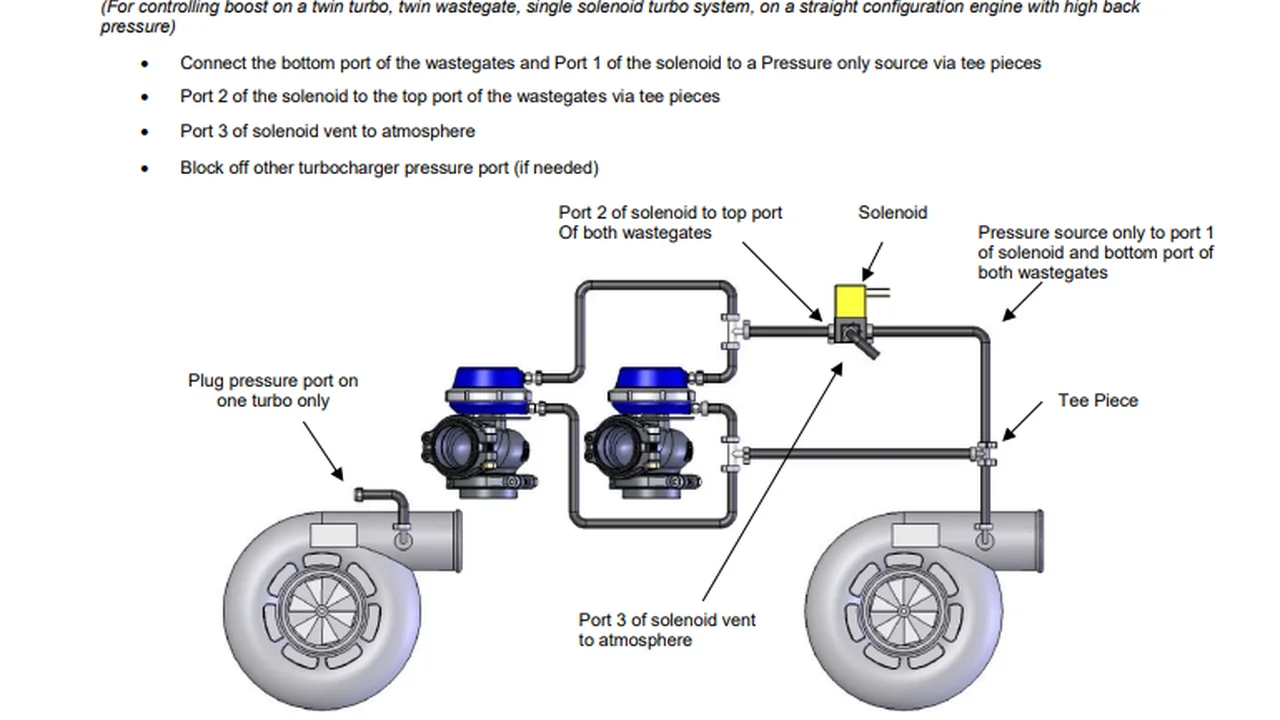Ethanol Fuel Tuning: Maximizing E85 Performance

Ethanol fuel, particularly E85, offers significant performance advantages. This guide covers the specifics of tuning for ethanol fuel, including fuel system upgrades and ignition timing adjustments. Unlock the full potential of E85 in your vehicle.
Understanding E85 Fuel Composition and Benefits for Engine Tuning
E85 is a fuel blend containing 85% ethanol and 15% gasoline. The actual ethanol content can vary slightly depending on the season and location, but it's generally around 70-85%. Ethanol is an alcohol-based fuel derived from corn or other biomass sources. It has a higher octane rating than regular gasoline, typically around 105, which makes it resistant to knock and allows for more aggressive ignition timing. This translates to increased horsepower and torque, especially in forced induction applications like turbocharging and supercharging.
One of the main benefits of E85 is its cooling effect. As ethanol evaporates, it absorbs heat from the intake air, lowering the intake air temperature (IAT). This cooler intake charge is denser, allowing the engine to make more power. Additionally, the higher oxygen content of E85 promotes more complete combustion, reducing emissions and improving fuel efficiency (although the overall MPG might be lower due to the lower energy content of ethanol). Because of its cooling properties, E85 can also reduce the risk of detonation, allowing tuners to push the engine harder without fear of damage.
Fuel System Upgrades for E85 Tuning: Injectors, Pumps, and Lines
Before you can tune your engine for E85, you'll likely need to upgrade your fuel system. E85 requires approximately 30% more fuel than gasoline to achieve the same air-fuel ratio. This means your stock fuel injectors and fuel pump may not be able to deliver enough fuel to support your desired power levels. Here's a breakdown of the necessary upgrades:
- Fuel Injectors: Larger fuel injectors are essential. You'll need to calculate the required injector size based on your horsepower goals and the engine's brake specific fuel consumption (BSFC). Generally, a good rule of thumb is to increase injector size by 30-40% compared to what's needed for gasoline. Popular brands include Injector Dynamics, DeatschWerks, and Bosch.
- Fuel Pump: A high-flow fuel pump is also crucial. E85 requires a pump that can deliver significantly more fuel volume than a pump designed for gasoline. Consider pumps from brands like AEM, Walbro, and Aeromotive. It's often a good idea to upgrade to an in-tank pump with a higher flow rate.
- Fuel Lines: In some cases, upgrading fuel lines may be necessary, especially if you're running very high horsepower. Larger fuel lines can reduce pressure drop and ensure adequate fuel delivery to the injectors. Consider using PTFE-lined fuel lines, as they are more resistant to the corrosive effects of ethanol.
- Fuel Pressure Regulator: An adjustable fuel pressure regulator is highly recommended. This allows you to fine-tune the fuel pressure to optimize performance. Aeromotive and Fuelab are popular choices.
Product Recommendations:
- Injector Dynamics ID1050x: These injectors are a popular choice for E85 tuning. They offer excellent flow characteristics and atomization. A set of 4 typically costs around $700-$800. Use Case: High-performance street cars and track cars.
- AEM 340LPH Fuel Pump: This fuel pump provides sufficient flow for most E85 applications. It's a reliable and relatively affordable option, costing around $150-$200. Use Case: Daily driven cars with moderate power goals.
- Aeromotive A1000 Fuel Pressure Regulator: This regulator is known for its precise fuel pressure control and durability. It costs around $250-$300. Use Case: High-horsepower applications where precise fuel pressure is critical.
Ignition Timing Adjustments for Optimal E85 Performance and Power
E85's high octane rating allows for more aggressive ignition timing. Optimizing ignition timing is crucial for maximizing power and torque. You can typically advance the ignition timing by several degrees compared to gasoline. The exact amount of advance will depend on the engine, turbocharger (if applicable), and other modifications. It's essential to monitor for knock and detonation during the tuning process and adjust the timing accordingly.
The best way to determine the optimal ignition timing is to use a dyno and monitor engine performance. Start with a conservative timing map and gradually advance the timing until you reach the point of diminishing returns or detect knock. Remember that every engine is different, so what works well on one engine may not work well on another.
ECU Mapping Strategies for E85: Air-Fuel Ratio, Boost Control, and More
Tuning your ECU for E85 involves adjusting several parameters to optimize performance. Here are some key considerations:
- Air-Fuel Ratio (AFR): E85 requires a richer AFR than gasoline. A typical target AFR for E85 is around 12.5:1 to 13.0:1 at wide open throttle (WOT). Use a wideband O2 sensor to accurately monitor the AFR.
- Boost Control (if applicable): If you have a turbocharged engine, you may need to adjust your boost control settings to compensate for the increased power potential of E85. Be careful not to overboost the engine, as this can lead to damage.
- Cold Start Enrichment: E85 can be more difficult to start in cold weather than gasoline. You may need to adjust the cold start enrichment settings in your ECU to ensure reliable starting.
- Transient Fueling: Transient fueling refers to the fuel adjustments made during rapid changes in throttle position. E85 can sometimes cause lean spikes during these transitions, so careful tuning of the transient fueling parameters is necessary.
- Flex Fuel Sensors: Consider installing a flex fuel sensor. This sensor measures the ethanol content of the fuel in real-time, allowing the ECU to automatically adjust the fuel and ignition maps for optimal performance, regardless of the ethanol percentage. This is especially useful if you don't always have access to E85 and occasionally need to run gasoline.
Monitoring Engine Health and Knock Detection on E85
Monitoring engine health is crucial when tuning for E85. Keep a close eye on the following parameters:
- Knock: Knock is a sign of abnormal combustion and can lead to engine damage. Use a knock sensor or knock detection headphones to listen for knock. If you detect knock, immediately reduce the ignition timing.
- Intake Air Temperature (IAT): Monitor the IAT to ensure that it's within a safe range. High IATs can increase the risk of knock.
- Exhaust Gas Temperature (EGT): EGT can provide valuable information about the engine's combustion process. High EGTs can indicate a lean condition or excessive ignition timing.
- Fuel Pressure: Monitor fuel pressure to ensure that the fuel pump is delivering adequate fuel.
Specific Product Comparisons for E85 Conversion
Let's compare some specific products you might consider for an E85 conversion:
Fuel Injector Comparison: Injector Dynamics ID1050x vs. DeatschWerks 1000cc
- Injector Dynamics ID1050x: Known for exceptional atomization and linearity. More expensive but generally considered a top-tier option. Excellent for smooth idling and precise fuel control at all RPMs. Price: $700-$800 per set of 4.
- DeatschWerks 1000cc: A more budget-friendly option. Good performance but may not have the same level of refinement as the ID injectors. Price: $400-$500 per set of 4.
- Recommendation: If budget allows, the ID1050x injectors are the better choice for overall performance and drivability. If you are on a tighter budget, the DeatschWerks injectors are a solid alternative.
Fuel Pump Comparison: AEM 340LPH vs. Walbro 450LPH
- AEM 340LPH: Reliable and relatively quiet. Suitable for moderate power goals on E85. Price: $150-$200.
- Walbro 450LPH: Higher flow capacity, ideal for higher horsepower applications. Can be noisier than the AEM pump. Price: $180-$250.
- Recommendation: For applications exceeding 500 horsepower on E85, the Walbro 450LPH is recommended. For less demanding setups, the AEM 340LPH provides good performance and quieter operation.
Real-World E85 Tuning Scenarios and Examples
Let's look at some real-world scenarios:
- Scenario 1: Daily Driver with Bolt-Ons: A Honda Civic with basic bolt-ons (intake, exhaust) can benefit from an E85 tune. Upgrade the injectors to around 750cc, install an AEM 340LPH fuel pump, and adjust the ECU for E85. Expect to see a noticeable increase in power and throttle response.
- Scenario 2: Turbocharged Street Car: A Subaru WRX with a larger turbocharger will require more extensive upgrades. Install Injector Dynamics ID1050x injectors, a Walbro 450LPH fuel pump, and a flex fuel sensor. The ECU will need to be carefully tuned to optimize boost control and ignition timing for E85.
- Scenario 3: Track Car: A dedicated track car can push the limits of E85 tuning. Consider using even larger injectors (e.g., ID1300x or ID1700x), a high-flow fuel system with dual fuel pumps, and a standalone ECU for maximum control. Pay close attention to knock detection and engine cooling.
Safety Precautions When Tuning for E85
Tuning for E85 requires careful attention to detail and a thorough understanding of engine management principles. Here are some important safety precautions:
- Monitor Knock: Always monitor for knock and detonation. If you hear or see signs of knock, immediately reduce the ignition timing.
- Use a Wideband O2 Sensor: A wideband O2 sensor is essential for accurately monitoring the AFR.
- Start with a Conservative Tune: Begin with a conservative tune and gradually increase the ignition timing and boost until you reach the desired power levels.
- Consult with a Professional Tuner: If you're not comfortable tuning your own ECU, consult with a professional tuner who has experience with E85.
- Check Fuel Lines Regularly: Ethanol can degrade rubber fuel lines over time. Inspect your fuel lines regularly for leaks or damage.
By following these guidelines, you can safely and effectively tune your engine for E85 and unlock its full potential. Remember to always prioritize engine health and safety.
:max_bytes(150000):strip_icc()/277019-baked-pork-chops-with-cream-of-mushroom-soup-DDMFS-beauty-4x3-BG-7505-5762b731cf30447d9cbbbbbf387beafa.jpg)






